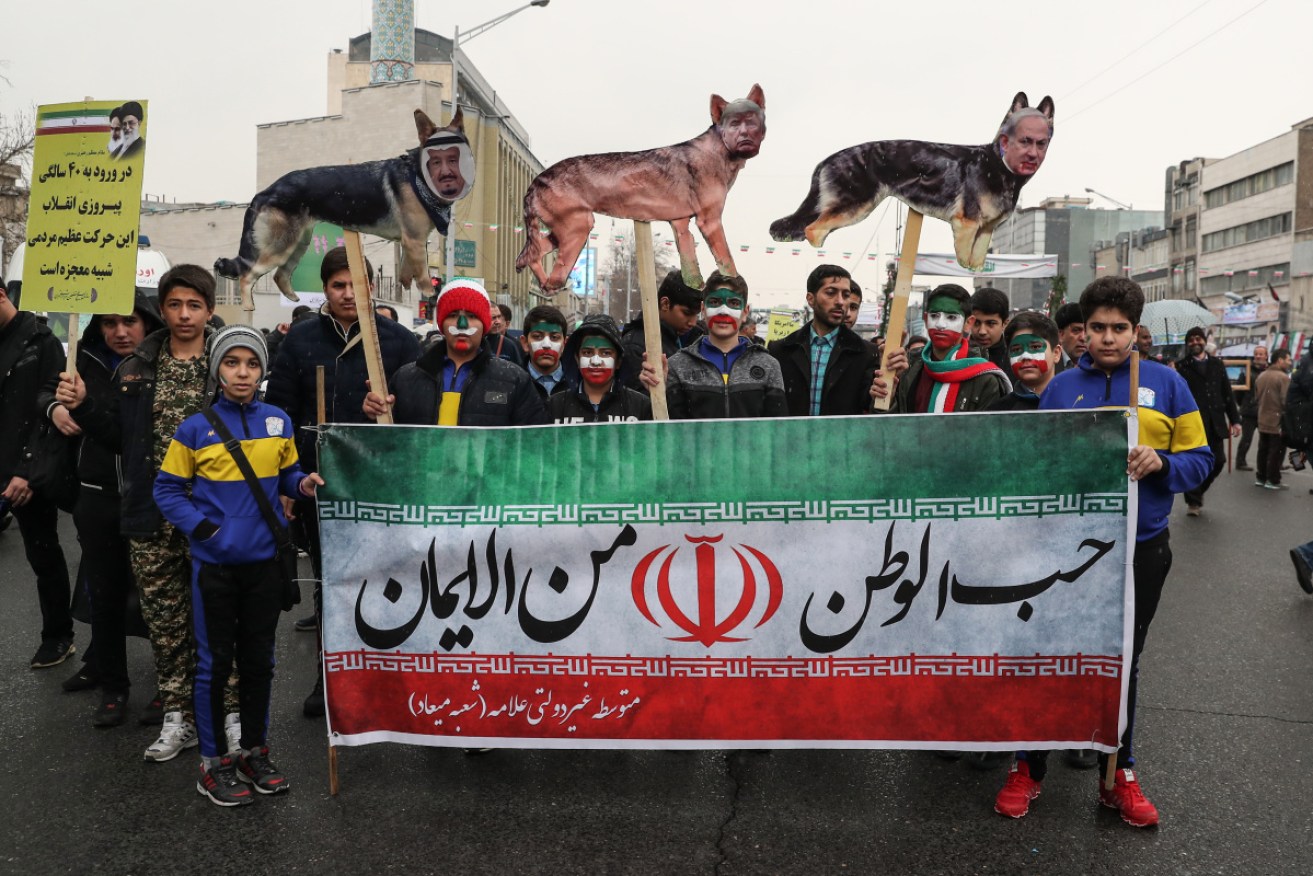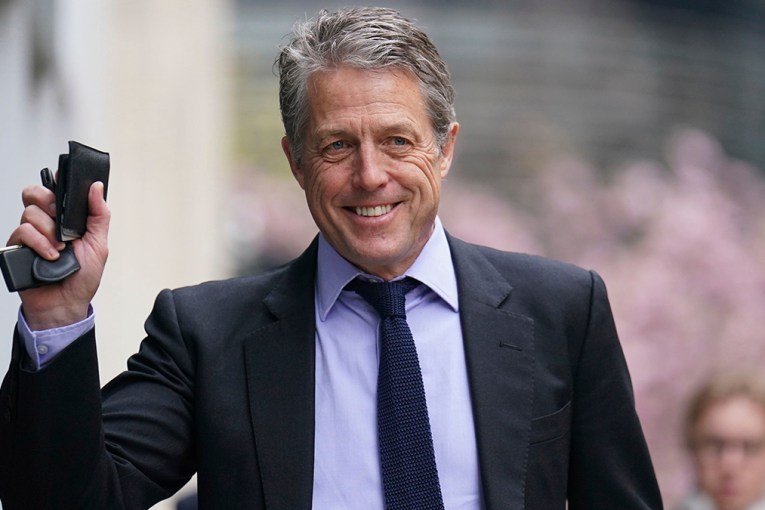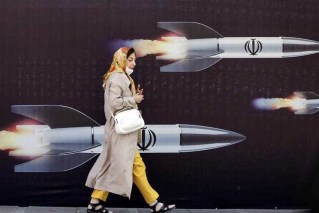The tension between America and Iran explained

Iranians at a ceremony in Tehran marking the 40th anniversary of the Islamic Revolution. Photo: Getty
American officials have suddenly raised the stakes in long-simmering tensions between the United States and Iran, pointing to new intelligence they say suggests an imminent threat to American interests in the Middle East.
The potential for armed conflict between the two countries has loomed since the Islamic Revolution and takeover of the American Embassy in Tehran four decades ago. Occasionally, those tensions have escalated into violence.
The recent American assertion that Iran poses an immediate threat has raised fears that the two nations have pushed closer to the brink. Here’s what you need to know about the risks of a broader conflict.
How did we get here?
Earlier this month, the United States – pointing to information about an imminent threat of an Iranian attack in the Middle East – swiftly moved an aircraft carrier group into the region. In quick succession, it then shored up defences and evacuated personnel from the embassy in Baghdad, the Iraqi capital.
But the Trump administration has not provided specific details about the supposed threat from Iran, and allies in Europe and the region are skeptical given the history of faulty intelligence that led to the 2003 invasion of Iraq, led by the United States.
In response to the initial moves by the United States earlier in the month, Iran said it would end compliance with its obligations under the 2015 nuclear deal between Iran and six world powers. The deal with the United States, China, France, Germany, Russia and the United Kingdom was intended to curb Tehran’s nuclear ambitions in exchange for relief from economic sanctions.
Tensions have risen steadily since the beginning of the Trump administration. President Trump pulled the United States out of the nuclear deal last year, imposed oppressive sanctions, moved to cut off Iran’s oil exports and designated an Iranian military unit as a terror organisation.
Sanam Vakil, a senior research fellow in the Middle East and North Africa program at Chatham House, a London-based research group, said the Trump administration’s lack of understanding about Iran has only fanned the flames.
“Something as simple as the very insulting language they use, which is political and by choice, is not language that works with the Islamic Republic of Iran,” she said. “There’s just very limited trust between both sides.”
This isn’t the war with Iraq. Here’s why
While some have compared the situation with Iran to the lead-up to the American invasion of Iraq, there are important differences.
Iran is nearly four times larger than neighbouring Iraq in terms of territory. With a population of more than 80 million, it is the second-most populous country in the region after Egypt, with the second-largest economy in the Middle East and North Africa, according to the World Bank.
At the time of the American invasion of Iraq in 2003, the country had a Shiite Muslim majority but was governed by the Sunni Muslim minority. Iran’s majority Shiite population is represented in government by its own sect.
Iran has a limited conventional military, but its growing network of proxy groups magnifies its influence in the region, meaning any conflict with American forces could result in a guerrilla war fought on multiple fronts.
The response from allies in Europe and the Middle East has also been very different from their response in the lead-up to the Iraqi war.
“There is a very clear divide with the trans-Atlantic allies as to how to handle this crisis,” Dr Vakil said. “Europe is prevailing upon the United States to be calm and measured in their response. You can very clearly see their frustrations that this is a manufactured crisis.”
Regional allies — including the United Arab Emirates, Saudi Arabia and Israel, all of which have been supportive of the Trump administration’s maximum pressure campaign on Iran — have stayed quiet so far.








